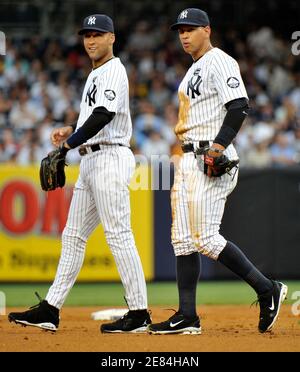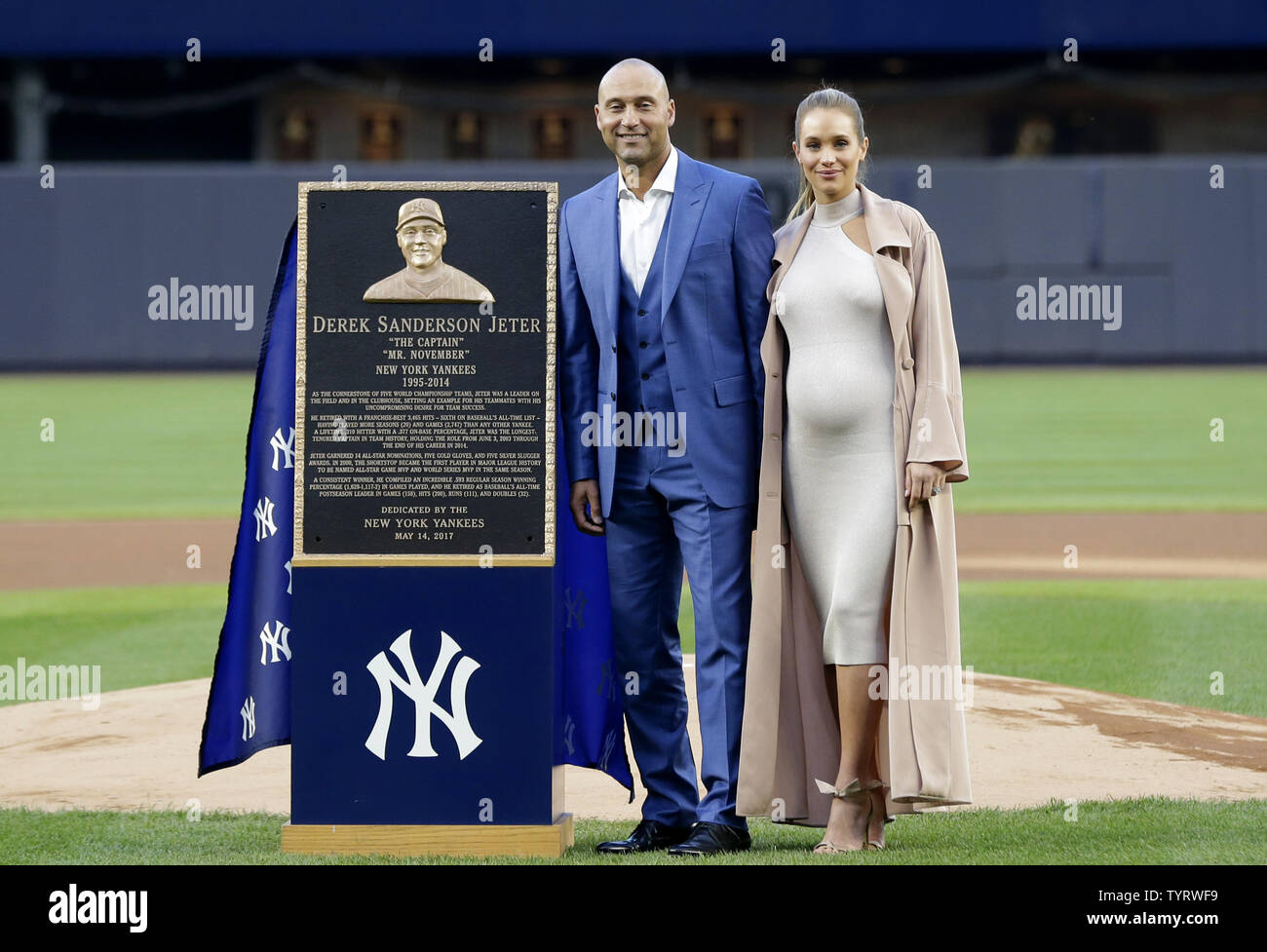
When those times come up that a player is not sure what to do with the ball, we teaching them to run ( sprint) with the ball straight for the pitching rubber. They believe that the ball is only moved by making a throw.

Many young players do not recognize they have the option of carrying the ball to its destination. It is perfectly acceptable to carry the ball. We want to teach our players early on that they are not required to throw the ball in order to move it around the field. Most kids only consider the first option. There are two ways to transport the ball around the field: No need for the catcher to run down the line with the batter - at most parks (urban one's for sure) the perimeter fence is only 20'-25' beyond the base. You may be shocked by the number of kids who don't know that toss the ball underhand is even an option.
#Where does the shortstop stand on the field how to#
The kids need to be taught how to execute an underhand toss and it needs to be practiced a lot. Given these two points, each game has many situations where a throw of 20' or less is in order. Also, there are many more base runners, setting up a lot of force outs. The players are so much closer together on the small diamond.

The underhand toss is used a lot more often. If you are new to this level, you will soon find out how important it is to have every throw to a base to have player backing-up. they develop this habit through drill work, not by us simply telling them. When they are not chasing down balls in the outfield, they should be sprinting in to back up throws to bases. Even at the 12 year old level the outfielder are not that far from the infield. That fact, coupled with limited practice time we have at the youth level, results in kids not getting the reps needed learn the nuances of each position. Kids play a variety of positions at this level at the very least, they play positions other than pitcher. Learning and execution is simplifiedwhen the pitcher is the cut-relay player on all plays to the plate. If we send the pitcher back there, the backstop ends up doing most of the backing-up. In most cases, there is not enough room behind home plate for the pitcher to get enough depth to properly back-up an over throw. Unlike 90’ baseball, the pitcher does not back up home plate. Often the pitcher is the best athlete on the field we want them handling the ball as much as possible. The pitcher is the cut-relay to home on All balls hit to the outfield - reasons: Training the second baseman to cover the bag when not fielding the ball is important in youth baseball and softball. The second baseman covers first - when the first baseman in ranging to their right or coming in on a ground ball often the pitcher is also attempting to make a play on the ball, or is slow in getting off the rubber. We also train our pitchers that, when they field a ball that takes them to the third base side of the rubber to feed the third baseman for a 1-5 put out. Training our pitcher to break for third, and practicing feeds from the third baseman and shortstop to third base will result in a lot of 5-1 outs, a few 6-1 plays over the course of the season. The pitcher breaks for third base on balls hit to the left side of the infield - at this level we have runners on first and second a lot. This section of the website illustrates how to teach the ‘small diamond game’ to kids using a logical step-by-step, building-block approach.Ī few examples of the differences between the two games: The existence of these factors results in some fundamental ‘rules’ of how team defense is played on the large diamond to be executed differently on the small diamond.

The players are not as strong, they do not move as fast, and there is the obvious fact that the bases and players are not spread out as much. Before jumping into teaching the kids game, we first want to recognize that the game played on the smaller diamond is different. Some of us played on the larger diamond and possibly have coached in that environment. Many of us coaching kids baseball have been primarily exposed to the game played on the big diamond (90’ base paths). The Game Played on the Smaller Diamond is Different


 0 kommentar(er)
0 kommentar(er)
